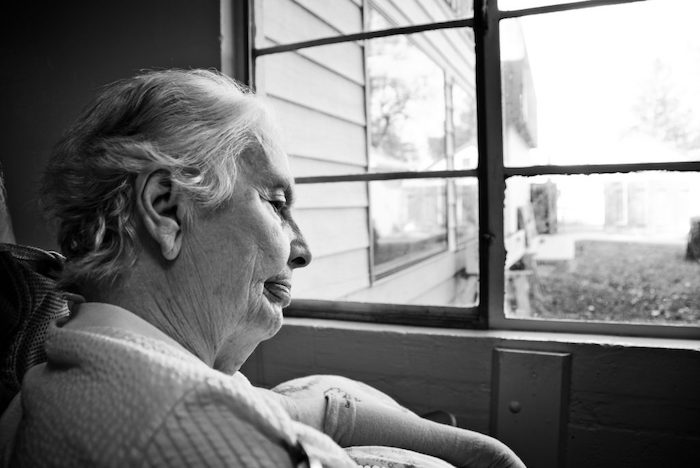
Sometimes conversations with other elders are about how we want our deaths to be. We want them gentle, peaceful, surrounded by loved ones (or not). Many friends of mine have died recently. One had a beautiful and loving end surrounded by family. Another, a sudden heart attack at home with no warning. One, in a hospital with a long, drawn out, excruciating yet courageous, few weeks. Another, from taking his own life – he was ready.
We have accidents, illnesses and our bodies just wear out.
A 2018 Stanford University School of Medicine study found that 80% of us prefer to die at home. However, about three-quarters of older Americans die in nursing homes or hospitals. Leading causes of death for people over age 65 are: 1) heart disease, 2) cancer, and 3) lower respiratory disease. We can see that the hospital scenario is obvious for many of us.
Another choice we have has recently come to my attention. If we get to a place that is unacceptable to us as far as pain, quality of life issues and never-ending suffering, there is something called Voluntary Stopping Eating and Drinking – VSED. It is a way to end suffering in a fairly gentle, peaceful and predictable way. Animals sometimes wander off and die this way.
This choice has been used by terminally ill people throughout modern history. Many on the verge of death come naturally to this process – they no longer want to eat, although they do desire water. One of my friends died recently in this manner and it was all just so instinctive and spontaneous.
I’ve just read “The VSED Handbook,” by Kate Christie. Her mother had early onset Alzheimer’s and was determined not to end up in a memory care facility. They worked together while she was still lucid, along with others in her family, a care team headed by a death doula, a doctor and a lawyer to enable her to go through this process smoothly, and avoid the horrors of late-stage Alzheimer’s.
This book offers an actionable plan emphasizing the importance of planning, palliative care and a network of support. It is a fascinating account of how one person stayed out of a memory care center. Christie also describes what to expect from each stage of the VSED process, and the highlights and challenges, and unexpected gifts of accompanying her dying mother on her final journey.
Some acquaintances have mentioned wanting “something in the closet” in case they need it eventually, depending on how their later years go. VSED seems to be it. While Medical Aid in Dying is the law in Colorado if you have a six-month fatal diagnosis, VSED is not authorized by state statue or by court ruling. But that doesn’t mean it’s illegal.
VSED is legal nationwide. The U.S. Supreme Court, in Cruzan v. Missouri, 1990, said a “competent person would have the right to refuse lifesaving hydration and nutrition.” Therefore, VSED is legal for a person nearing the end of life who has the mental capacity to make their own medical decisions. This shows how important it is to have Advance Directives, and to make them early while we’re competent, so in case something happens, we’re set!
This differs from SED (stopping eating or drinking), which is governed by different laws that authorize withdrawal by health care professionals of fluids and nutrition, authorized by the patient’s advance directives. (CompassionandChoices.org)
It may be more difficult for people who are not terminally ill to receive health care support through the VSED process. However, Hospice assures me that they would support someone midway through the dying process or if they are comatose, with a doctor’s order. They have always been on the compassionate side of the dying and have assisted with many cases similar to this.
More information about all this can be found at CompassionandChoices.org and vsedresources.com.
Shouldn’t elders who feel they’ve lived a completed life have this choice, no matter what the circumstance? And with no criticism, or shame? It’s about dying the same as living – making conscious decisions that work for us. And, having a death with some grace and dignity.
Complete Article ↪HERE↩!
